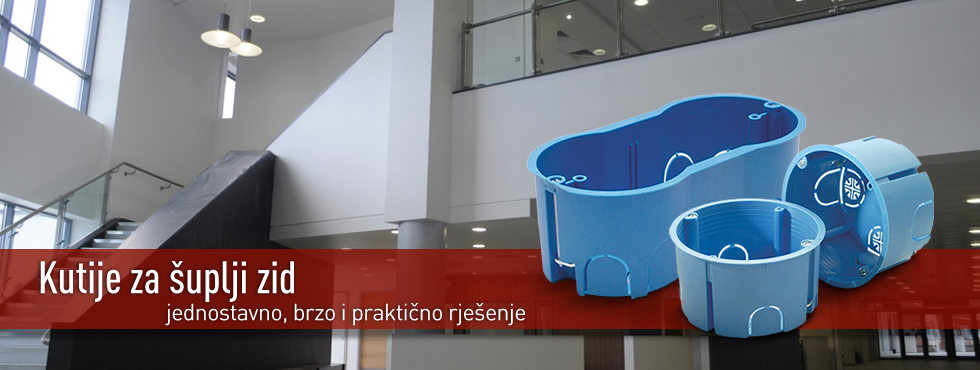Worker Training: Ten Ideas For Making It Really Effective
Whether or not you are a supervisor, a manager or a trainer, you have an interest in making certain that training delivered to staff is effective. So usually, workers return from the latest mandated training session and it's back to "enterprise as common". In many cases, the training is either irrelevant to the organization's real needs or there's too little connection made between the training and the workplace.
In these situations, it matters not whether or not the training is superbly and professionally presented. The disconnect between the training and the workplace just spells wasted resources, mounting frustration and a growing cynicism concerning the benefits of training. You'll be able to turn across the wastage and worsening morale through following these ten pointers on getting the maximum impact out of your training.
Make sure that the initial training needs evaluation focuses first on what the learners will probably be required to do in a different way back within the workplace, and base the training content material and exercises on this end objective. Many training programs concentrate solely on telling learners what they should know, making an attempt vainly to fill their heads with unimportant and irrelevant "infojunk".
Be certain that the start of every training session alerts learners of the behavioral aims of the program - what the learners are expected to be able to do at the completion of the training. Many session targets that trainers write merely state what the session will cover or what the learner is predicted to know. Knowing or being able to explain how somebody should fish is not the identical as being able to fish.
Make the training very practical. Keep in mind, the objective is for learners to behave in a different way within the workplace. With possibly years spent working the old way, the new way is not going to come easily. Learners will want generous amounts of time to debate and practice the new skills and can want plenty of encouragement. Many precise training programs concentrate solely on cramming the maximum quantity of information into the shortest attainable class time, creating programs which are "nine miles long and one inch deep". The training setting can also be an important place to inculcate the attitudes wanted within the new workplace. However, this requires time for the learners to boost and thrash out their issues earlier than the new paradigm takes hold. Give your learners the time to make the journey from the old way of thinking to the new.
With the pressure to have staff spend less time away from their workplace in training, it is just not attainable to end up absolutely outfitted learners at the finish of 1 hour or sooner or later or one week, except for the most basic of skills. In some cases, work quality and effectivity will drop following training as learners stumble in their first applications of the newly discovered skills. Make sure that you build back-in-the-workplace coaching into the training program and give workers the workplace help they should follow the new skills. A cheap technique of doing this is to resource and train inside workers as coaches. You may also encourage peer networking by, for example, establishing person teams and organizing "brown paper bag" talks.
Convey the training room into the workplace by growing and installing on-the-job aids. These embody checklists, reminder cards, process and diagnostic flow charts and software templates.
If you're critical about imparting new skills and never just planning a "talk fest", assess your individuals during or at the end of the program. Make positive your assessments aren't "Mickey Mouse" and genuinely test for the skills being taught. Nothing concentrates participant's minds more than them knowing that there are definite expectations round their stage of performance following the training.
Ensure that learners' managers and supervisors actively help the program, either via attending the program themselves or introducing the trainer firstly of every training program (or higher still, do both).
Integrate the training with workplace observe by getting managers and supervisors to brief learners before the program begins and to debrief every learner at the conclusion of the program. The debriefing session should embody a discussion about how the learner plans to make use of the learning in their day-to-day work and what resources the learner requires to be able to do this.
To keep away from the back to "enterprise as common" syndrome, align the organization's reward systems with the expected behaviors. For individuals who actually use the new skills back on the job, give them a gift voucher, bonus or an "Employee of the Month" award. Or you can reward them with interesting and challenging assignments or make certain they're subsequent in line for a promotion. Planning to offer positive encouragement is far more efficient than planning for punishment if they do not change.
The final tip is to conduct a post-course evaluation some time after the training to determine the extent to which contributors are utilizing the skills. This is typically accomplished three to 6 months after the training has concluded. You may have an skilled observe the individuals or survey contributors' managers on the application of each new skill. Let everybody know that you may be performing this analysis from the start. This helps to engage supervisors and managers and avoids surprises down the track.
Here's more info in regards to Business Coaching stop by the webpage.
In these situations, it matters not whether or not the training is superbly and professionally presented. The disconnect between the training and the workplace just spells wasted resources, mounting frustration and a growing cynicism concerning the benefits of training. You'll be able to turn across the wastage and worsening morale through following these ten pointers on getting the maximum impact out of your training.
Make sure that the initial training needs evaluation focuses first on what the learners will probably be required to do in a different way back within the workplace, and base the training content material and exercises on this end objective. Many training programs concentrate solely on telling learners what they should know, making an attempt vainly to fill their heads with unimportant and irrelevant "infojunk".
Be certain that the start of every training session alerts learners of the behavioral aims of the program - what the learners are expected to be able to do at the completion of the training. Many session targets that trainers write merely state what the session will cover or what the learner is predicted to know. Knowing or being able to explain how somebody should fish is not the identical as being able to fish.
Make the training very practical. Keep in mind, the objective is for learners to behave in a different way within the workplace. With possibly years spent working the old way, the new way is not going to come easily. Learners will want generous amounts of time to debate and practice the new skills and can want plenty of encouragement. Many precise training programs concentrate solely on cramming the maximum quantity of information into the shortest attainable class time, creating programs which are "nine miles long and one inch deep". The training setting can also be an important place to inculcate the attitudes wanted within the new workplace. However, this requires time for the learners to boost and thrash out their issues earlier than the new paradigm takes hold. Give your learners the time to make the journey from the old way of thinking to the new.
With the pressure to have staff spend less time away from their workplace in training, it is just not attainable to end up absolutely outfitted learners at the finish of 1 hour or sooner or later or one week, except for the most basic of skills. In some cases, work quality and effectivity will drop following training as learners stumble in their first applications of the newly discovered skills. Make sure that you build back-in-the-workplace coaching into the training program and give workers the workplace help they should follow the new skills. A cheap technique of doing this is to resource and train inside workers as coaches. You may also encourage peer networking by, for example, establishing person teams and organizing "brown paper bag" talks.
Convey the training room into the workplace by growing and installing on-the-job aids. These embody checklists, reminder cards, process and diagnostic flow charts and software templates.
If you're critical about imparting new skills and never just planning a "talk fest", assess your individuals during or at the end of the program. Make positive your assessments aren't "Mickey Mouse" and genuinely test for the skills being taught. Nothing concentrates participant's minds more than them knowing that there are definite expectations round their stage of performance following the training.
Ensure that learners' managers and supervisors actively help the program, either via attending the program themselves or introducing the trainer firstly of every training program (or higher still, do both).
Integrate the training with workplace observe by getting managers and supervisors to brief learners before the program begins and to debrief every learner at the conclusion of the program. The debriefing session should embody a discussion about how the learner plans to make use of the learning in their day-to-day work and what resources the learner requires to be able to do this.
To keep away from the back to "enterprise as common" syndrome, align the organization's reward systems with the expected behaviors. For individuals who actually use the new skills back on the job, give them a gift voucher, bonus or an "Employee of the Month" award. Or you can reward them with interesting and challenging assignments or make certain they're subsequent in line for a promotion. Planning to offer positive encouragement is far more efficient than planning for punishment if they do not change.
The final tip is to conduct a post-course evaluation some time after the training to determine the extent to which contributors are utilizing the skills. This is typically accomplished three to 6 months after the training has concluded. You may have an skilled observe the individuals or survey contributors' managers on the application of each new skill. Let everybody know that you may be performing this analysis from the start. This helps to engage supervisors and managers and avoids surprises down the track.
Here's more info in regards to Business Coaching stop by the webpage.










